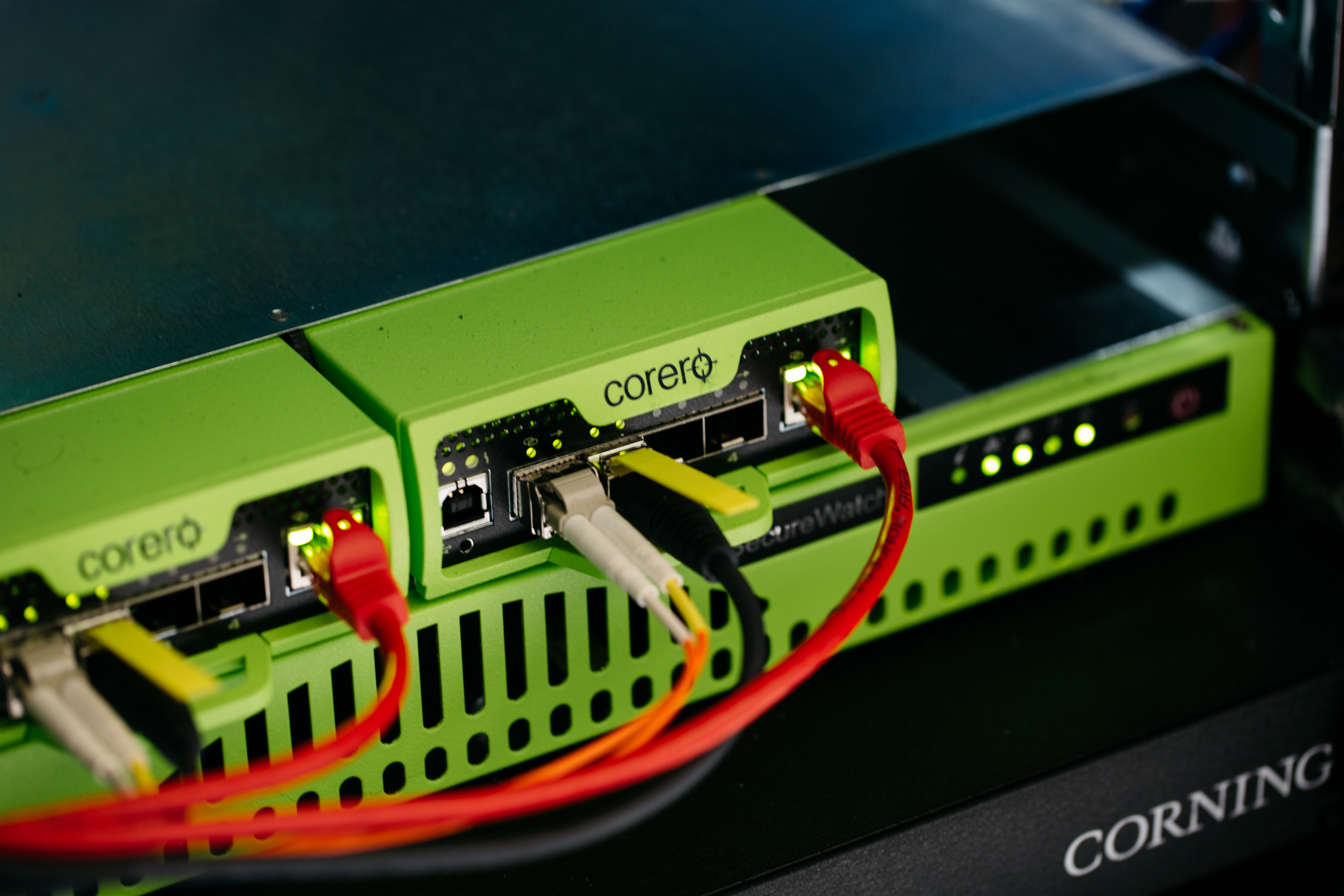Ringing in the New Year with a Better Data Security Checklist
With 2017 about to kick into gear, small business cybersecurity has never been more important. From potential election hacks and digital corporate espionage to lost password fiascos, the risk of breaches is very real. Those who heed the lessons of the past would be wise to put these teachings to good use as they transition into the New Year.
It’s impossible to predict how future digital security threats might manifest with 100 percent accuracy. Nonetheless, there are definitely a few smart moves that you can make right now. Here are some tips on how small enterprises might shore up their defenses.

Understand How Security Breaches Occur
Risk understanding and analysis are vital to any impactful small business cybersecurity implementation. If you lack comprehension of the threats that you’re up against, you’ll find it impossible to fight back.
According to experts, the most common sources of security breaches include:
- Internal security mistakes originating with employees,
- Unsecure mobile devices,
- Improper use of cloud-storage applications,
- Third-party service providers with insufficient security, and
- Malicious attacks.
What Can You Do?
Most authorities agree that internal mishaps represent the biggest source of vulnerability. As such, it’s vital that your small business cybersecurity approach incorporates protections that keep your staff safe from themselves as well as protecting your data assets as a whole. In addition to implementing BYOD (Bring Your Own Device) policies and user access controls, some strategies to consider include:
Instituting Effective Firewalls
In addition to preventing outside attackers from reaching protected resources, firewalls make it harder for employees to inadvertently or intentionally do the wrong thing. For instance, they’re less likely to engage with blocked sites that represent security risks, attempt to access private resources from insecure external facilities or steal data after being terminated.
Using DDoS Protection
Not all malicious activity comes from obviously threatening sources or seeks to penetrate your security barriers. In some cases, people employ DDoS, or distributed denial of service, attacks to bring your systems down simply by making more requests than they can handle. DDoS protection allows you to prevent bad actors from using seemingly innocuous IP addresses to cripple your network architectures, mission-critical software services or hardware resources.

Using More Secure Storage Hardware and Software
Your choice of storage provider has a major impact on your ability to overcome security risks. Making the migration to safer physical devices, controlled geographical installations, stress-tested operating systems, and capable control software leaves you better equipped to protect your data.
Building Smarter Architectures
No matter how effective your security seems, there’s always a chance that someone else’s desire for mischief is greater. Non-robust systems aren’t worth the risk.
Load balancing, unmetered ports, routine backup mechanisms, and other dedicated server features do more than deliver optimized performance. They also ensure that you can recover from unanticipated disasters with minimal downtime.
Adhere to Established Best Practices
The efficacy of your data security policies depends on how well you put them to use. Whether it’s employing SSL certificates and HTTPS authentication or picking a data center with a proven track record of industry-leading security compliance and effective enhancements, you won’t survive 2017 unless you work with a partner that understands how to implement, monitor and maintain secure data systems.
Additional Links:
Looking for more information on Hivelocity? Search our blog or look over our about page!
In need of more great content? Interested in cPanel, Private Cloud, or Edge Computing? Check out our recent posts for more news, guides, and industry insights!